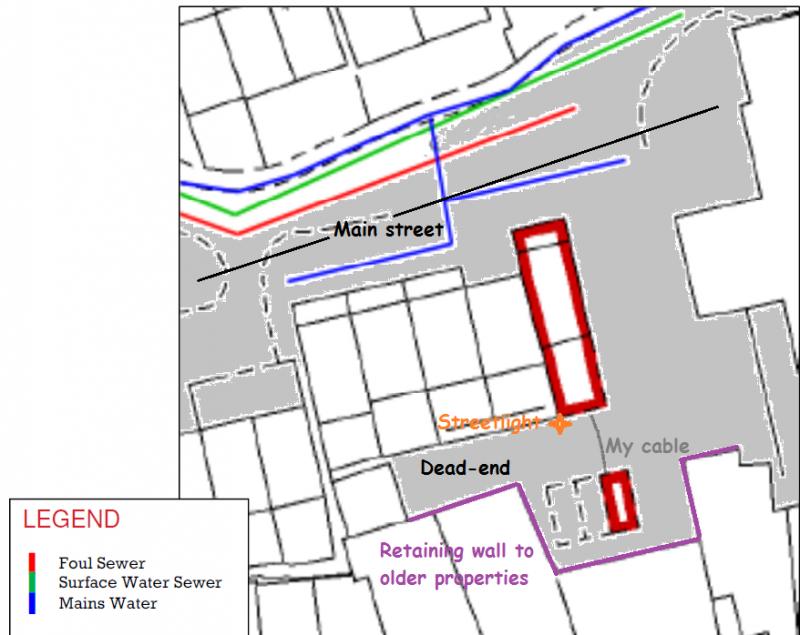Prentice - no offence meant but as I said I've seen people who clearly know nothing dispensing advice with utmost authority, which IMO is really dangerous. People who take the "I did my house and nobody died" argument to mean that they are an expertSo I merely meant to ask if you are an electrician, than to imply your advice was wrong!
No offence taken, it can be quite a minefield when trying to search for informed advice on the internet, and to answer your question above, I am a qualified, experienced, registered electrician.
And I have tried with the wisdom I have to steer you down the right path with regards to the installation you require, best practise would be to have a 600mm trench and duct laid to carry the cable, the cable selection and size would require to be calculated taking the method of installation, the load demand and any voltage drop related to distance and lighting.
I personally would not connect as a fuse spur, as this could effect circuits that are part of the main house and introduce power loss to number of circuits if a fault was to arise from the cable to and within the garage and any connected loads.
So I would install at the consumer unit on a non RCD protected way and protect the circuits at the garage via a locally installed garage consumer unit with RCD protection on that, this would involve notification for new circuits though.
If you did spur from an outlet in the house then I would suggest that you then introduced a two pole isolator, this could be a switch fused connection unit, but you will be limited to a load of 13A at the garage, but the isolator will allow you to disconnect the garage distribution and internal circuits for the rest of the house, if a fault should ever arise downstream of the spur.


